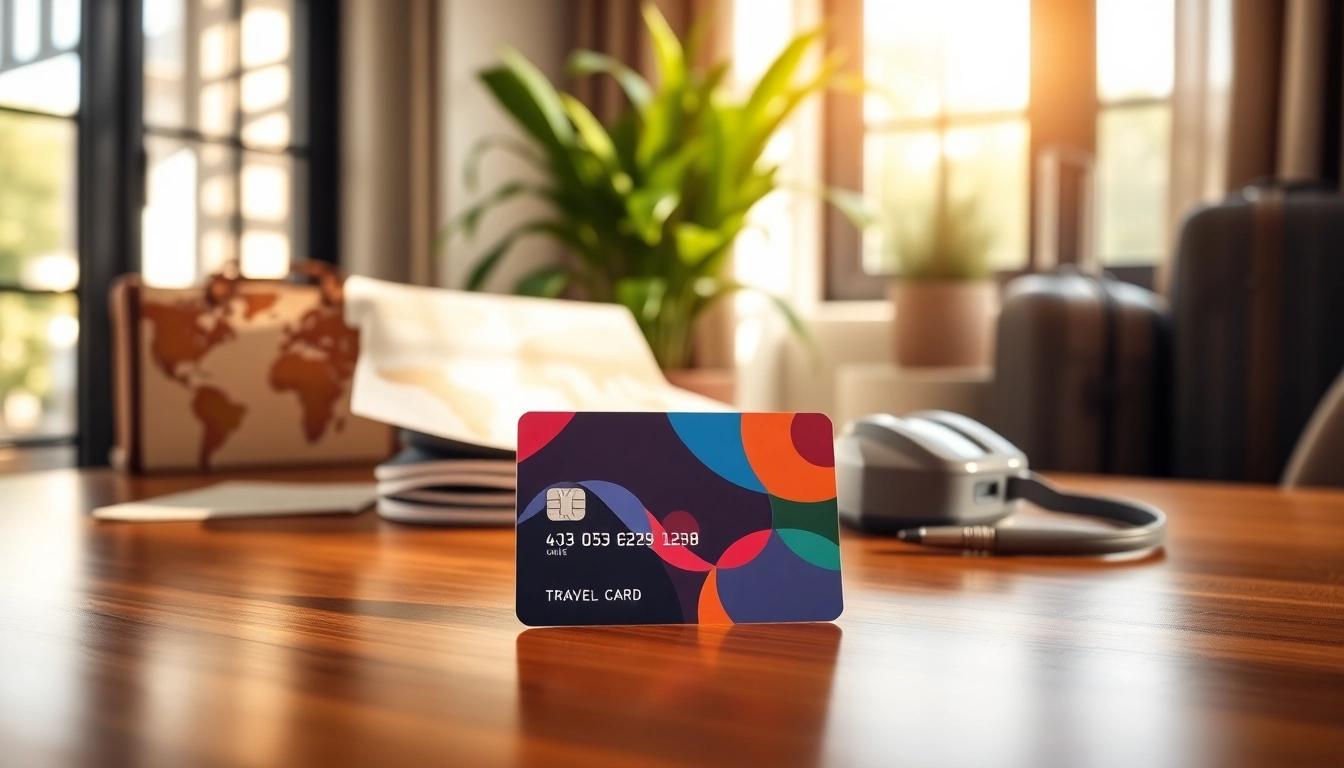Understanding Communication in Relationships
Effective communication is a cornerstone of any healthy relationship, serving as the foundation for trust, understanding, and emotional intimacy. Relationships, whether they are romantic, familial, or platonic, thrive on mutual understanding and shared goals. In the realm of human interaction, communication in relationships is not merely an exchange of words; it involves the depth of emotion, sincerity, and active engagement that paves the way for connection.
The Role of Communication in Relationship Success
When considering what makes a relationship successful, one must recognize that communication is pivotal. Studies consistently show that couples who communicate effectively report higher levels of satisfaction in their relationships (Gottman, 1999). This effect is attributed to several key factors:
- Conflict Resolution: Healthy communication provides boundless opportunities for resolving conflicts amicably. Rather than allowing misunderstandings to fester, partners can express their viewpoints and navigate disagreements constructively.
- Emotional Intimacy: Meaningful dialogue fosters emotional closeness. Sharing thoughts, feelings, and experiences strengthens bonds and enhances mutual understanding.
- Trust Building: Open communication encourages honesty and transparency, which are vital components of trust. Partners who discuss their insecurities and vulnerabilities are more likely to form a resilient relationship.
- Growth and Adaptation: Relationships are dynamic, requiring continual adaptation to new challenges and life stages. Effective communication allows couples to navigate changes together, ensuring that they remain aligned.
Common Communication Barriers
Despite its importance, communication can often become hindered by various barriers. Understanding these barriers is essential for fostering a nurturing atmosphere where dialogue can flourish:
- Assumptions and Misinterpretations: Many misunderstandings arise from incorrect assumptions about one another’s feelings or intentions.
- Emotional Distance: When partners feel emotionally disconnected, they may struggle to communicate openly, leading to further alienation.
- Distractions: In today’s fast-paced world, distractions such as smartphones and busy environments can distract from meaningful conversations.
- Lack of Skills: Without adequate communication skills, partners may find it challenging to express themselves clearly or constructively.
The Impact of Nonverbal Communication
While verbal communication is crucial, nonverbal cues can often speak louder than words. Body language, tone of voice, gestures, and facial expressions all convey emotions and attitudes that words alone may fail to capture. Understanding and interpreting these nonverbal signals plays an integral role in enhancing communication effectiveness:
- Facial expressions can reveal emotions such as joy, anger, or surprise, which might not be articulated verbally.
- Body language, including posture and eye contact, can demonstrate engagement, confidence, or disinterest.
- Touch can serve as an emotional connector, indicating support, compassion, or intimacy.
- Paralanguage, including tone and pitch, conveys feelings underlying the spoken words, emphasizing sincerity or sarcasm.
Key Elements of Effective Communication
To foster effective communication in relationships, several key elements must be mastered. These techniques involve not just talking but also listening, empathizing, and responding appropriately:
Active Listening Techniques
Active listening goes beyond merely hearing what your partner says; it requires engagement and effort to understand their perspective fully. Consider employing the following techniques:
- Paraphrasing: Reflect back what you hear in your partner’s words to ensure understanding.
- Asking Clarifying Questions: If something is unclear, ask questions that dive deeper into the topic.
- Avoiding Interruptions: Let your partner finish their thoughts before responding, which shows respect for their viewpoint.
- Summarizing: At the end of a conversation, briefly summarize the key points to validate what has been shared, reinforcing comprehension.
Expressing Needs and Emotions
Effectively expressing needs and emotions is fundamental to developing intimacy and understanding. Here are strategies for transparent expression:
- I-Statements: Use “I” statements—such as “I feel” or “I need”—to communicate your feelings without placing blame.
- Timing: Choose the right moment for serious conversations. Avoid discussing heavy topics during stressful or busy times.
- Honesty and Clarity: Be honest about your feelings and needs while being clear and specific to avoid ambiguities.
- Vulnerability: Sharing your feelings openly can encourage your partner to do the same, leading to greater emotional depth.
Constructive Feedback and Conflict Resolution
Conflict is an inevitable part of any relationship; how it is managed significantly affects relationship satisfaction. Employing constructive feedback and effective resolutions strategies will serve to improve relational dynamics:
- Focus on the Issue, Not the Person: Address the specific problem rather than attacking your partner’s character. This fosters a problem-solving atmosphere.
- Use “And” Instead of “But”: Using “and” can promote collaboration, whereas “but” can negate what was previously said.
- Find Common Ground: Aim to understand your partner’s perspective and explore solutions that accommodate both parties.
- Know When to Take a Break: If emotions run high, take a break to calm down before revisiting the discussion.
Improving Communication Skills
Improving communication skills is a continuous process that requires self-reflection, practice, and commitment. Here are strategies to effectively enhance one’s communication toolkit:
Practicing Empathy in Conversations
Empathy is the ability to understand and share the feelings of another person. It strengthens relationships by creating trust and connection. Here’s how to practice empathy:
- Put Yourself in Their Shoes: Try to understand your partner’s perspective, and contemplate how you would feel in their situation.
- Acknowledge Feelings: Validate their feelings by acknowledging their emotions as legitimate and worthy of consideration.
- Respond Appropriately: Tailor your responses to show understanding, using verbal affirmations and compassion.
- Practice Active Listening: Demonstrating that you value their perspective enhances their sense of being understood.
Setting Aside Time for Meaningful Discussions
Quality communication requires time and attention. Setting aside specific moments for important conversations helps in creating a deeper bond:
- Weekly Check-Ins: Schedule regular times to discuss feelings, concerns, and aspirations, ensuring that both partners feel heard and connected.
- Device-Free Zones: Create a distraction-free environment so that both partners can engage in meaningful dialogue during these discussions.
- Prioritize Conversations: Treat important discussions with the respect they deserve by planning ahead and making time for them.
- Use Engaging Activities: Conversations during walks, dinners, or shared activities can often feel more natural and relaxed, promoting openness.
Using Positive Language to Foster Connection
Language has tremendous power to uplift and inspire connection. Here are some techniques to incorporate positive language:
- Focus on Solutions: Instead of dwelling on problems, speak about solutions to create a team-like mentality.
- Express Gratitude: Regularly express appreciation for your partner, reinforcing their value in the relationship.
- Avoid Negativity: Use language that is constructive rather than destructive, as this fosters a supportive environment.
- Encouragement: Be vocal about supporting each other’s dreams and goals, motivating them along the way.
Recognizing Unhealthy Communication Patterns
Not all communication in relationships is beneficial. Recognizing unhealthy patterns is crucial for identifying problems and making necessary changes:
Signs of Poor Communication in Relationships
Some common indicators of poor communication include:
- Frequent Arguments: Constant fighting or bickering often signifies unresolved issues stemming from poor communication.
- Emotional Disconnect: Feeling distant or disconnected from your partner can indicate a failure to communicate effectively.
- Withholding Information: Keeping feelings or thoughts secretive can lead to resentment and mistrust.
- Avoiding Discussions: Dreading or avoiding certain conversations can add to the growing divide in the relationship.
How to Address and Change Negative Communication Styles
If you recognize unhealthy communication patterns, addressing them is essential:
- Self-Reflection: Take time to understand your communication style and how it may impact your partner.
- Seek Feedback: Encourage open dialogue regarding communication preferences to better understand one another’s perspectives.
- Establish Ground Rules: Agree on rules for discussions, such as no interruptions or discussing only one issue at a time.
- Practice Accountability: Acknowledge when you slip into old habits and strive for improvement together.
When to Seek Professional Help
If communication difficulties persist, it may be beneficial to seek the assistance of a professional. Therapy can provide a safe space to explore underlying issues, learn new skills, and develop effective communication habits. Signs that professional guidance may be necessary include:
- If you have tried to change patterns without success.
- If conflicts escalate beyond control.
- If there is a consistent lack of respect or trust.
- If one or both partners feel stuck or disconnected.
Measuring the Impact of Improved Communication
Once you begin to implement positive changes, it’s crucial to gauge their effectiveness. Measuring the impact of improved communication can lead to heightened relationship satisfaction and growth:
Assessing Relationship Satisfaction and Growth
Regularly check in with each other on the state of your relationship. This can enhance accountability for communication practices and allow you to gauge satisfaction levels:
- Questions for Reflection: Ask each other about feelings of closeness, satisfaction with communication, and emotional needs that may still be unmet.
- Surveys and Tools: Utilize relationship assessment tools or surveys to evaluate communication styles and satisfaction periodically.
- Journaling: Maintaining a journal of experiences, feelings, and progress can facilitate improvements in communication.
- Feedback Method: Encourage constant feedback on new practices to foster alignment and make adjustments as needed.
Feedback Mechanisms with Your Partner
Creating feedback loops can ensure that both partners feel heard and valued:
- Regular Check-Ins: Designate regular days for feedback sessions, allowing each individual to voice concerns and appreciation.
- Anonymity for Honesty: Consider written feedback to allow for anonymous sharing of thoughts without fear of confrontation.
- Cognitive Tests: Engage in exercises that encourage cognitive dissonance, prompting partners to reevaluate their perspectives.
- Joint Reflection Sessions: Reflect on what’s working and what could improve, ensuring a two-way street of communication.
Long-Term Benefits of Healthy Communication in Relationships
By actively improving communication, couples can expect numerous long-term benefits:
- Greater Emotional Intimacy: With continual openness and mutual understanding, couples can enhance their emotional connection significantly.
- Resilience Against Stressors: Good communication equips relationships to better withstand external pressures and conflicts.
- Enhanced Problem-Solving: Healthy communication fosters collaboration, enabling partners to tackle challenges and make decisions together effectively.
- Increased Relationship Satisfaction: Ultimately, relationships characterized by open communication enjoy higher satisfaction metrics over time, leading to lasting partnerships.












Leave a Reply